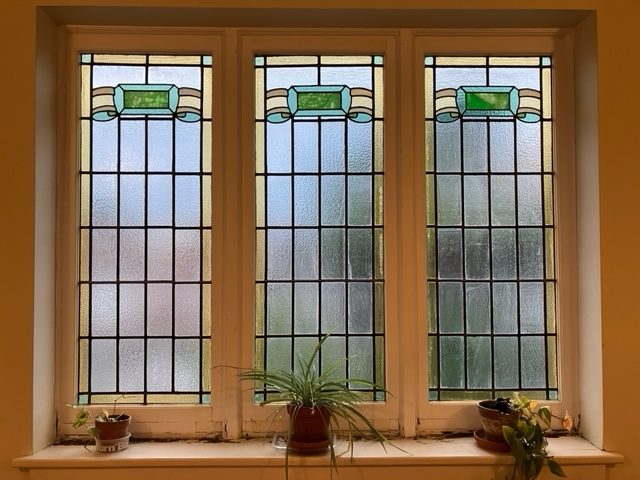IN-PERSON PSYCHODYNAMIC GROUP THERAPY
What does Psycho-Dynamic Group Psychotherapy look like?
A psycho-dynamic group’s primary purpose is to enhance the members’ psychological & emotional development. The manner in which this type of group operates is unique among therapy group approaches. Understanding its peculiar nature will help you decide whether you might benefit from this experience. Before I attempt a basic description of psychodynamic group therapy, allow me to describe what it is not.
The Support Group Therapy Approach (Not psychodynamic)
Most people will be familiar with the ‘support group’ model of therapy: Groups such as AA (Alcoholics Anonymous), Alanon, WW (aka Weight Watchers) are examples. As members share difficult experiences the group listens attentively and gives advice and problem-solving suggestions. People often get comfort, support , and occasionally friendships as a result. These types of groups have an important role in supporting people as they make necessary transitions in their lives. However, while an interactive psycho-dynamic psychotherapy group has some elements in common with support groups, it is markedly different in others.
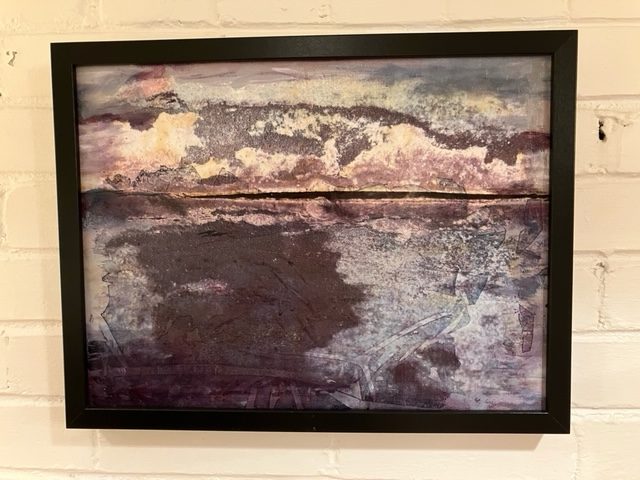
Psycho-Dynamic Group Therapy: A Unique Purpose and Approach
Ken, a mentor I’ve learned from for many years, describes psychodynamic psychotherapy this way,
Psycho-dynamic psychotherapy is based on the premise that many things we say and do are shaped by emotional and psychological processes that often operate below the level of our conscious awareness.
People often seek out therapy because they are experiencing symptoms (like anxiety or depression) which curtail a full life. Since symptoms make us uncomfortable we often seek relief. However, if the root causes of the symptoms are psychological and emotional, a problem-solving, cognitively-based approach may not yield psychological change. The reason for this is that the causes of the symptoms lie out of our field of awareness. It’s like walking into a glass door: even though we don’t see it, when we hit it, it can still cause us great difficulty and discomfort. The challenge lies in getting behind the symptoms: identifying and understanding the processes that caused them to arise.
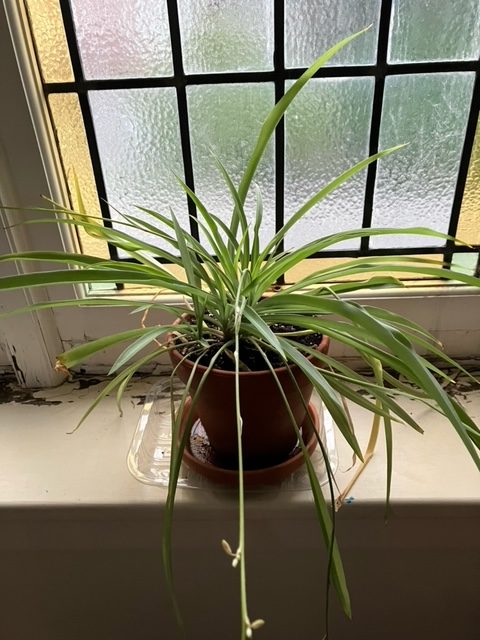
Individual therapy: Preparing a foundation for group work
In order to help the patient become aware of psychological and emotional processes linked to their symptoms, the therapist strives to form a therapeutic relationship. For example, if one encounters a disturbing experience, one might use ‘repression’ – a commonly used psychological defensive process – to move that disturbing information from consciousness to the unconscious realm. This manoeuvre may yield temporary relief for our ego, but it is not a long-term solution. In order to address the symptoms, the unconscious defensive activity needs to be addressed.
Where therapy becomes hard work is in facing up to these psychological and emotional processes. While we are not normally consciously participating with those processes, we are, nevertheless, unwittingly, undermined by them. We end up suffering, but not knowing exactly why. As Carl Jung said, ‘We don’t have emotions; they have us.’ Knowing that the therapist is the patient’s ally in this effort helps to make it easier to accept the sometimes unwelcome truths about ourselves, and to begin to address them.
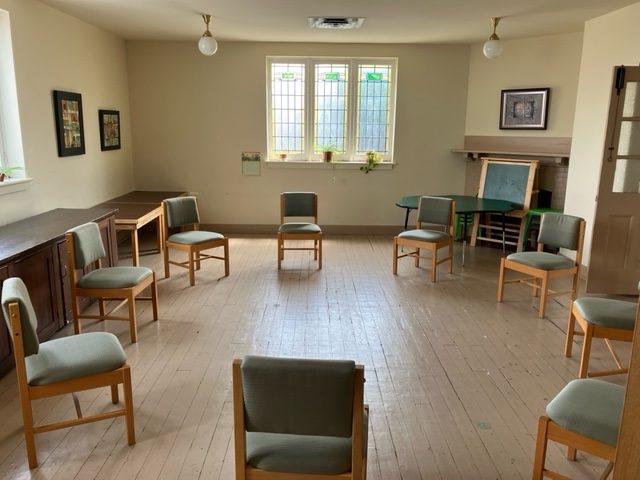
Group Therapy as an Adjunct to Individual Therapy
Individual psychodynamic therapy is a good place to start on the road to psychological development. Group therapy can add an additional lens on your journey to understanding yourself. Participating in group therapy is an adjunct to individual therapy, something that can supplement the individual work. For the group I facilitate, I ask that prospective members have experience working individually so they have a foundation to stand on as they embark on group work. And, additionally, I ask that participants continue their individual therapy for the duration of the group. (The one exception to group confidentiality is with your individual therapist. You have permission to discuss your group experience with them.)
In a psycho-dynamic group, the members interact with one another to help make the emotional and psychological processes more available to conscious awareness. The group process becomes the therapeutic agent reflecting back to each member the workings of their individual psychological and emotional reality. Another quote from my mentor Ken,
One of the things that can happen within a group therapy is that its members gradually become more aware of how these processes shape their experience of self and others.
It could be said that by participating in group therapy members are ‘sneaking up on themselves’: they are willingly opening themselves up to hear comments from others about themselves that they have never previously considered. Sometimes we are surprised and unsettled by them. One can also think of fellow participants as mirrors to ourselves: one strives to use what others see and hear from them about oneself in order to get insights that are otherwise typically unavailable.
While some of what we hear in group is challenging, the experience is often positive as well. Not uncommonly, members hear about strengths as well, perhaps learning of this for the first time. This kind of communication can alter how they perceive themselves. We can learn about difficult and favourable dimensions of our personalities when we are ‘mirrored’ in the group,.

Experiencing and Expressing Emotions
The role of emotions is significant in therapy, both individual and in groups. Learning about our feelings takes time. Emotions can be a huge asset for us if we learn how to live with them. They can also hinder us if we don’t pay attention to the nature of their influence on us. Since interacting with others often evokes feelings, sometimes strong ones, a group environment can be a useful place to explore them:
… people will be encouraged to be aware of what they are feeling during group and to do their best to speak honestly from them and about them. I would also say that many of us had some feelings during our early lives that were not welcome in the home environment and so learned to avoid or stifle them. And that group therapy is a place where we might become reacquainted with some meaningful feeling that have long been buried (Ken).
While members are asked for honest feelings about others, this does not give license to cruelty. The group therapist is there, in part, to attend to this were such an instance to arise.
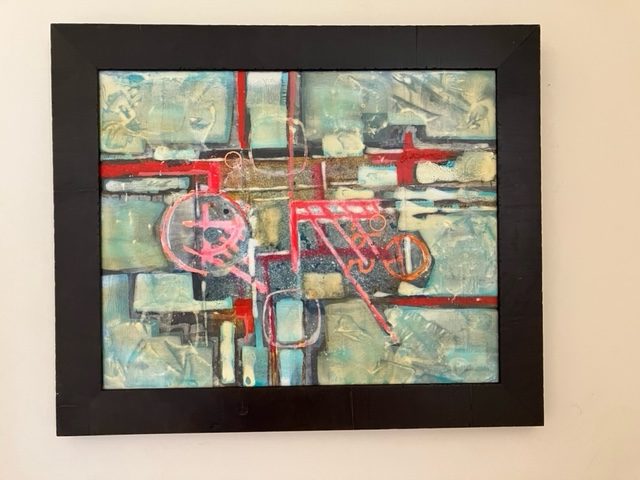
Group Camaraderie
Participating in a group can be an intense experience. We ask members to : pay attention to themselves and others in a new way; be open to hearing new things; be willing to speak honestly about themselves and to others. And, though this process may seem daunting, a sense of ‘we are in this together’ often emerges. The group members realize, after a period of time, that those sitting around the room week after week are, in the words of my mentor Ken, ‘…important allies in a difficult process of self-discovery and healing.’ Seeing others do difficult work in our presence gives us courage to do that work ourselves.
While it is true that the goal of the group is not to form friendships, it is equally true that deep bonds often arise. Members become important to one another. They begin to invest in their connections and expect something of others. Often the group is moved when difficult work is done.
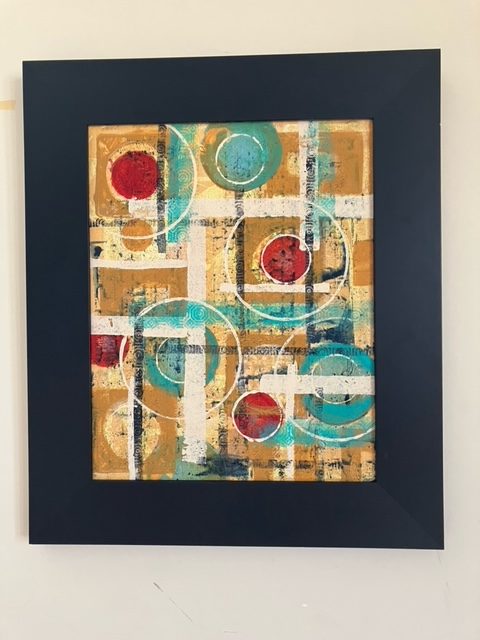
Group Leadership
Another possibly unusual aspect of this group has to do with group leadership or facilitation. While some therapy groups are firmly directed by a therapist, this group is different: the members themselves are the therapeutic agent. Their interactions make emotional development possible. As a seasoned group therapist told me, ‘The participants aren’t there to watch the group therapist do therapy.’ By interacting with one another, they foster psychological and emotional progress in one another. The therapist will course-correct if the process gets bogged down or goes off in an unhelpful direction. As well, some some comments on process may be provided. However, the group derives its effectiveness from members speaking about and listening to life experience.
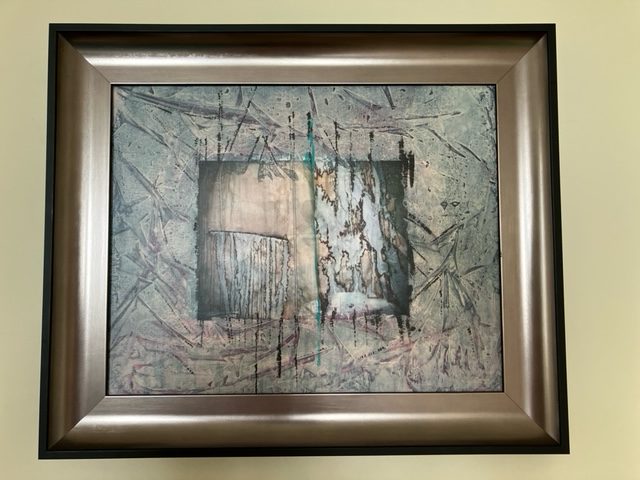
Is Psycho-dynamic Group Therapy for me?
As you may have gathered from this presentation, this type of group does not follow typical social conventions. We protect confidentiality in order to provide a secure and productive therapeutic environment. The focus is on psychological and emotional development reached through honest human connection.
You should consider carefully whether this type of group is for you. Discuss it with your individual therapist. If you should join the group, you should make good use of your individual therapist throughout the group’s duration to discuss your experience as it unfolds. Your connection with him or her can help you integrate your experience and insights. This is one way to deepen your therapeutic journey.
If you have any questions about what the group experience entails, feel free to reach out to me. I would be happy to help you understand what it involves.
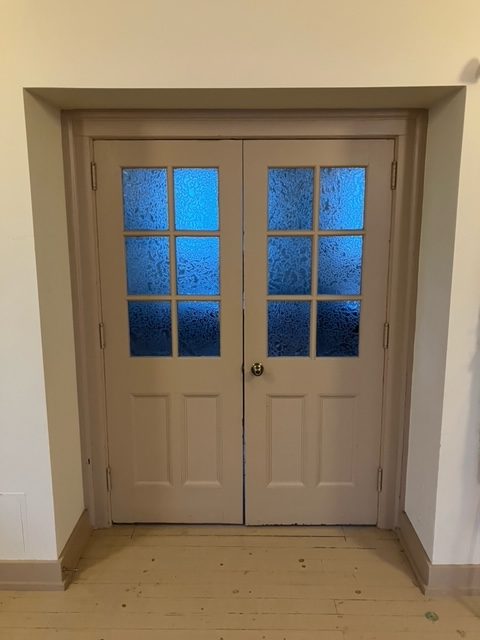
COMING THIS FALL
SEPTEMBER 2025 – JUNE 2026 PROGRAM SUMMARY
The purpose of this small psychodynamic group is to supplement your individual therapeutic process. The focus of participation is on careful listening to each member’s experience, sharing your feelings and thoughts and processing these experiences in a respectful manner. We meet weekly Thursday evenings from 7-8:30 pm, September 18, 2025 through June, 2025. In addition, there are three extended weekend sessions. We recommend one year’s experience of individual therapy prior to joining. We expect regular attendance and continuing individual therapy for the group’s duration. Contact Spencer regarding a no-fee in-person consultation.
OUTLINE
Dates September 4, 2025 – June 11, 2026
Day/Time Group meets in-person on Thursdays weekly for 90 minutes, 7:00 – 8:30 p.m.
Location Danforth & Pape vicinity
Marathons Three extended meetings (“Marathons”) on Friday evenings & all day Saturday, one each in the fall, winter and spring.
Program Fee $2,300 (paid over 10 months to Spencer)
To apply we ask the following
1) Substantial experience in weekly individual psychodynamic therapy (one year recommended)
2) An in-person interview with the group therapist (no fee)
Group Requirements
1) Commitment to the full 10 month program
2) Weekly individual therapy with your individual therapist for the group’s duration
Group Therapy Guidelines
The group experience provides a unique forum for the exploration of ourselves. We will discuss guidelines for an effective group environment in the interview.
Detailed Schedule
| First weekly meeting, fall 2025 | Thursday, September 4: 7:00 – 8:30 p.m. |
| Fall break – No meetings | Thursday, October 9 & 16 |
| Fall Marathon | November 7 & 8: Friday 7-10, Saturday 10-5 |
| Last meeting in 2025 | December 11 |
| First meeting in 2026 | January 8 |
| Winter Marathon | February 20 & 21: Friday 7-10, Saturday 10-5 |
| March Break (no group meeting) | March 19 |
| Spring Marathon | May 1 & 2: Friday 7-10, Saturday 10-5 |
| Last meeting, spring 2026 | June 11 |
